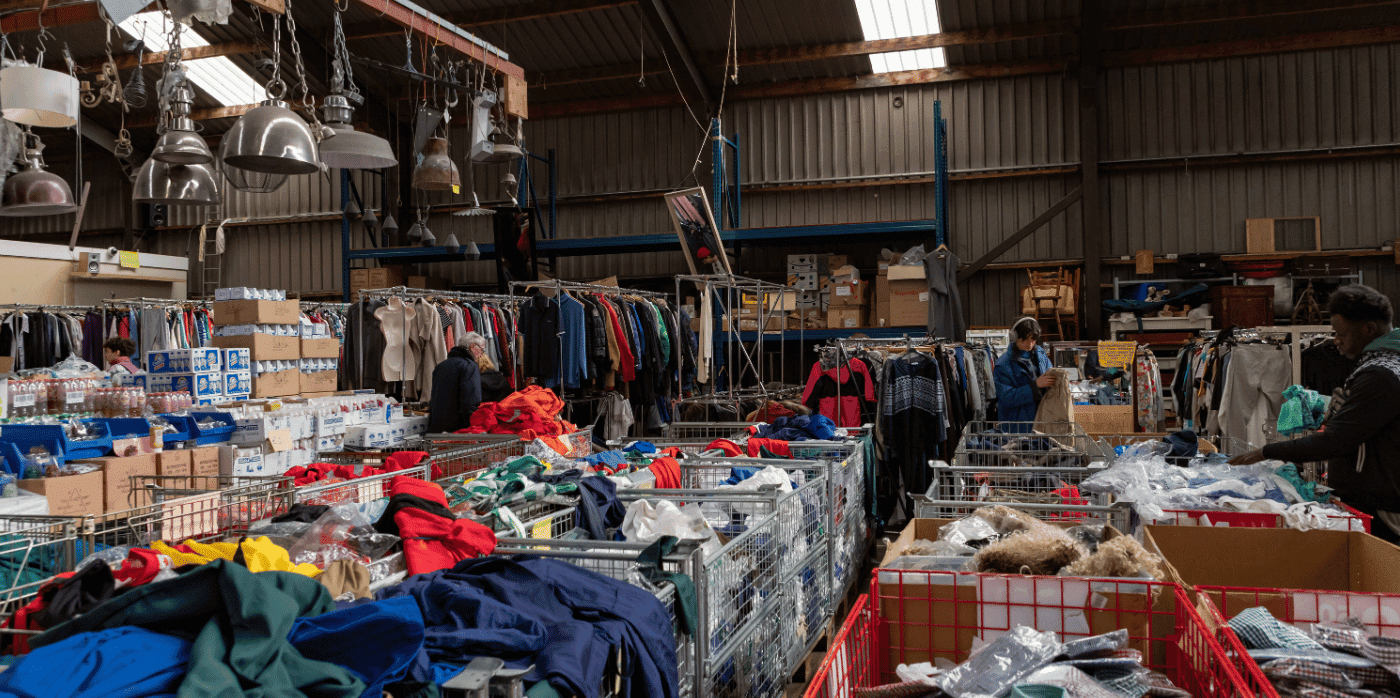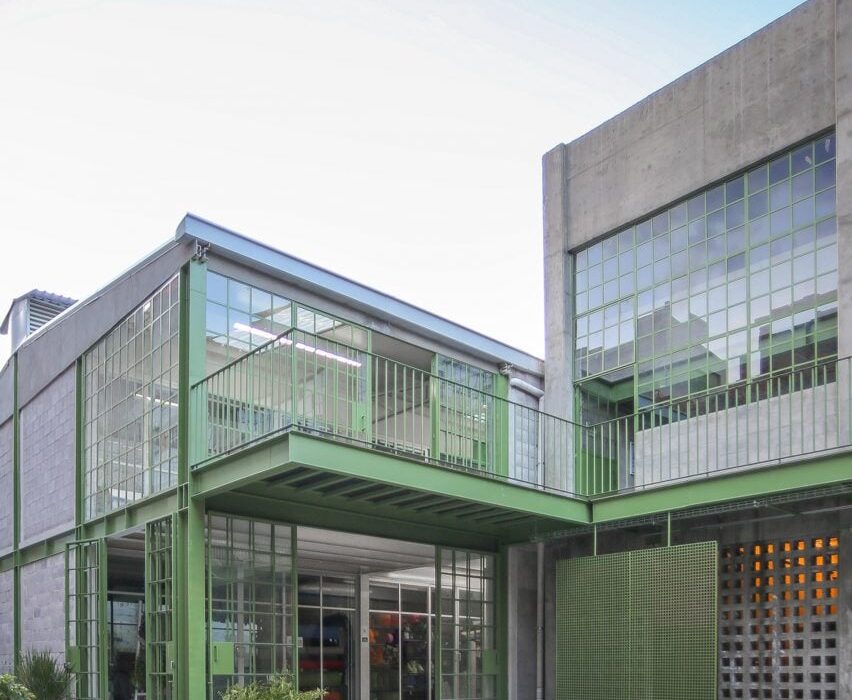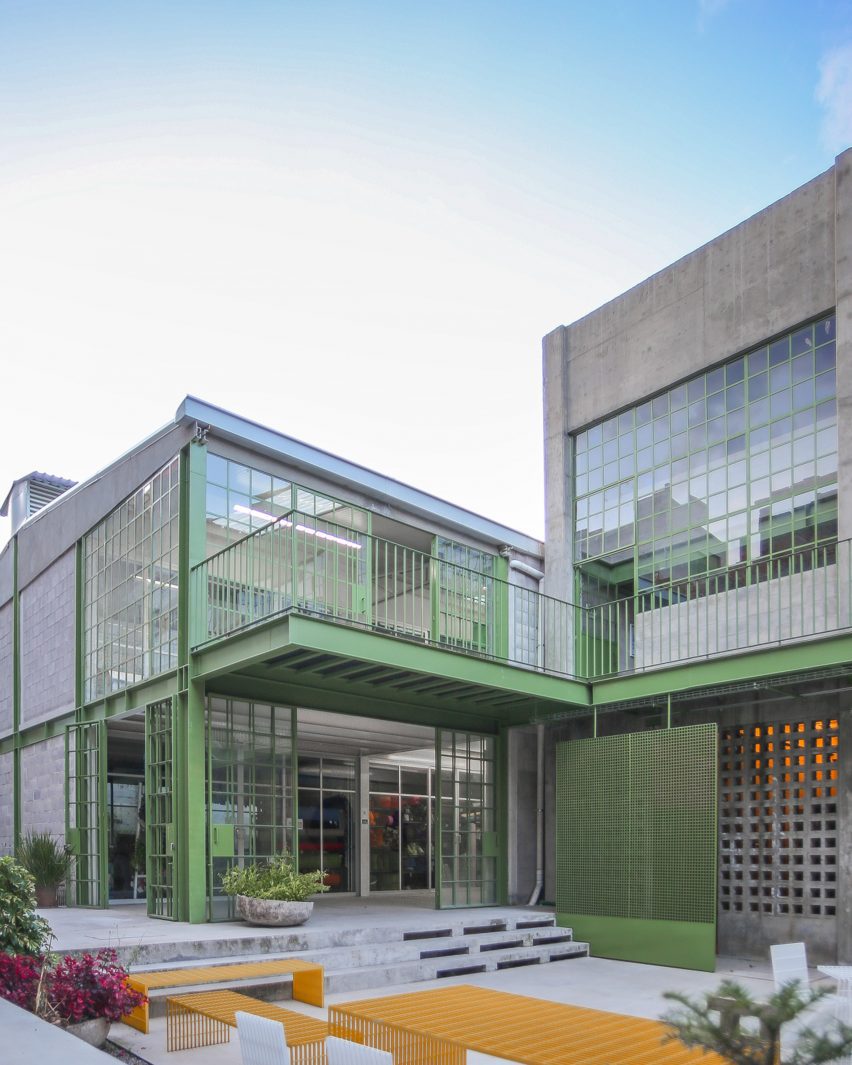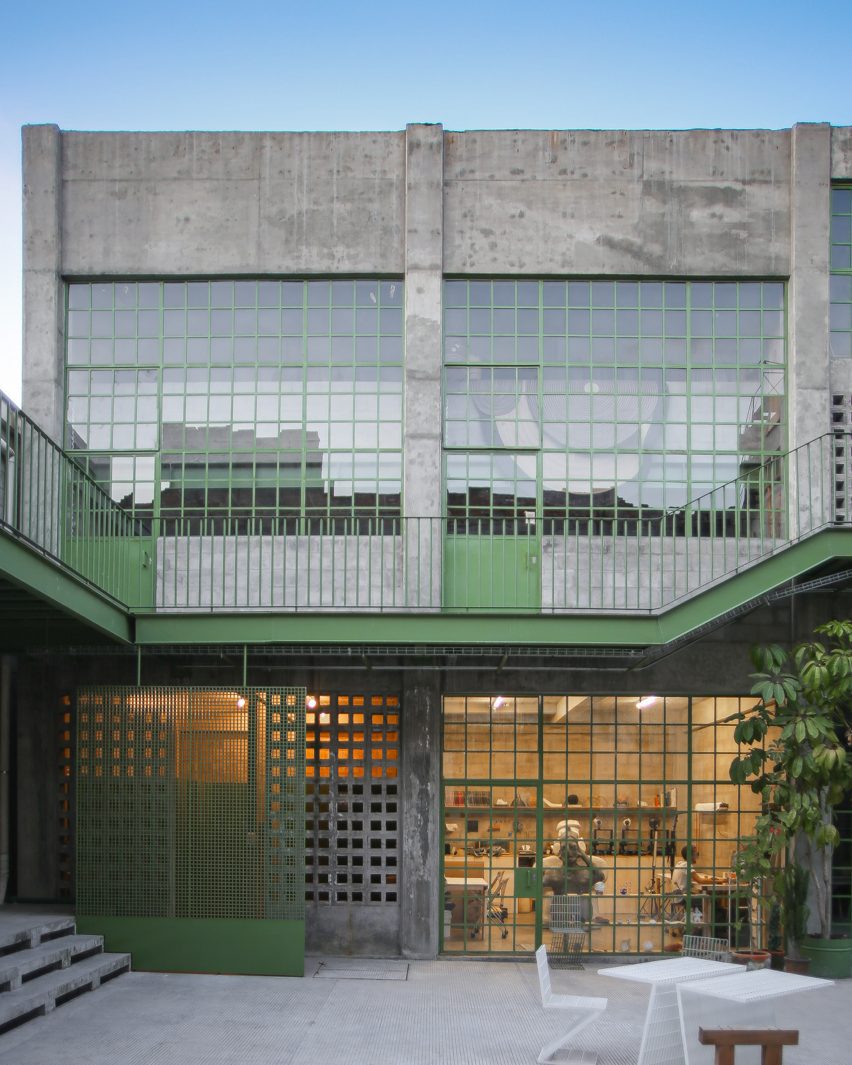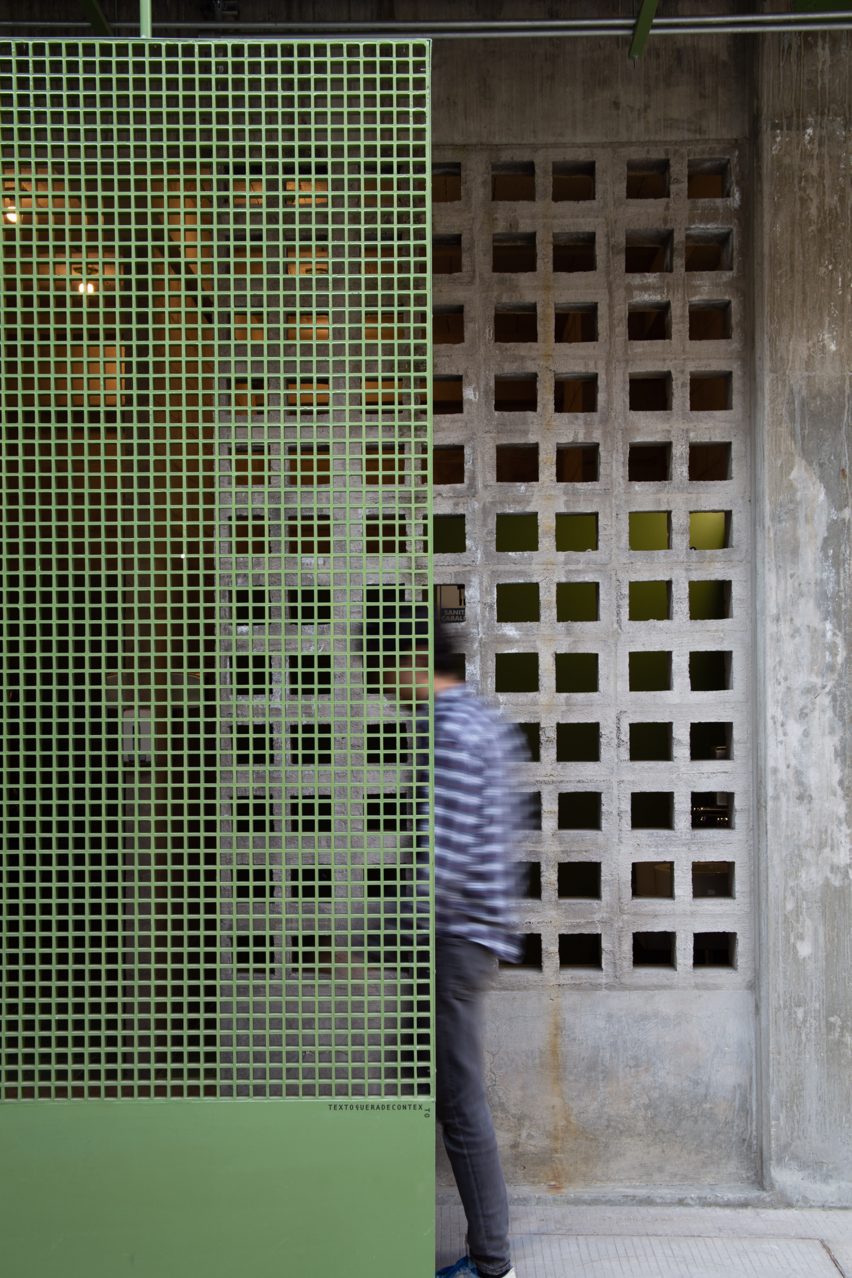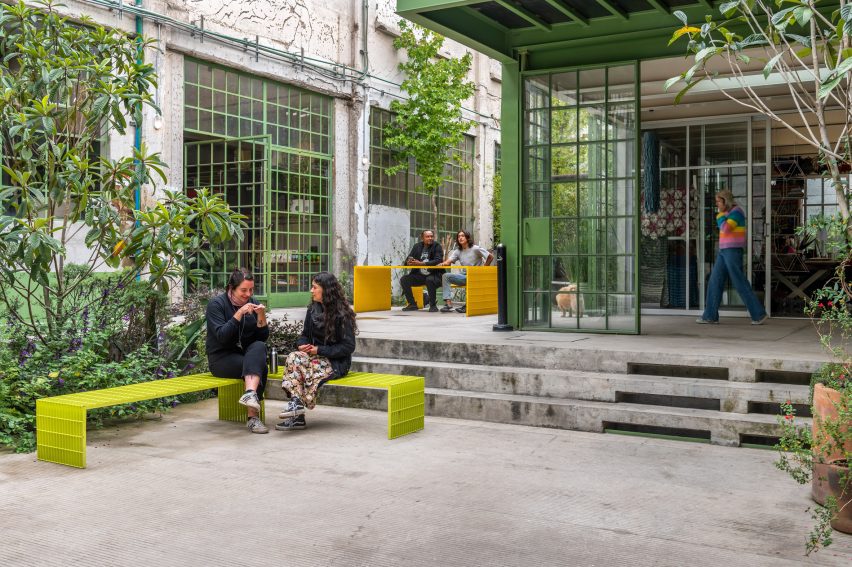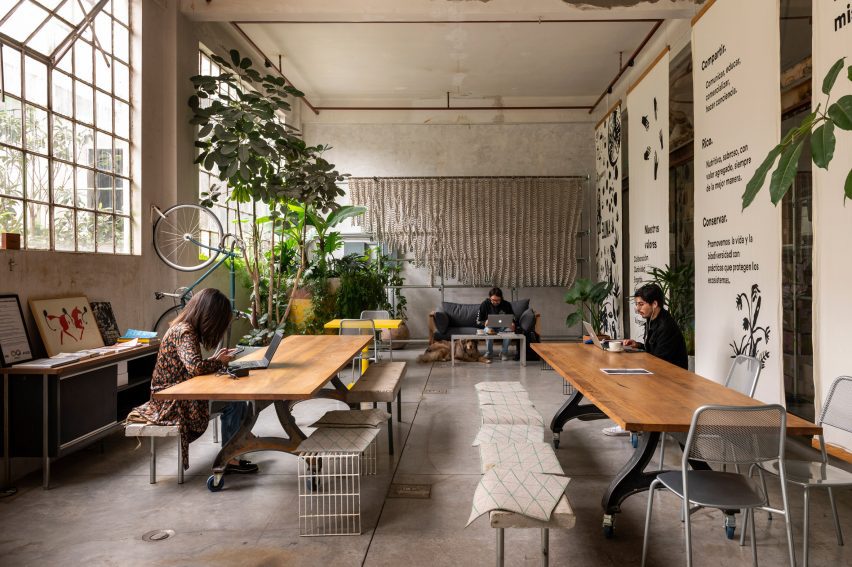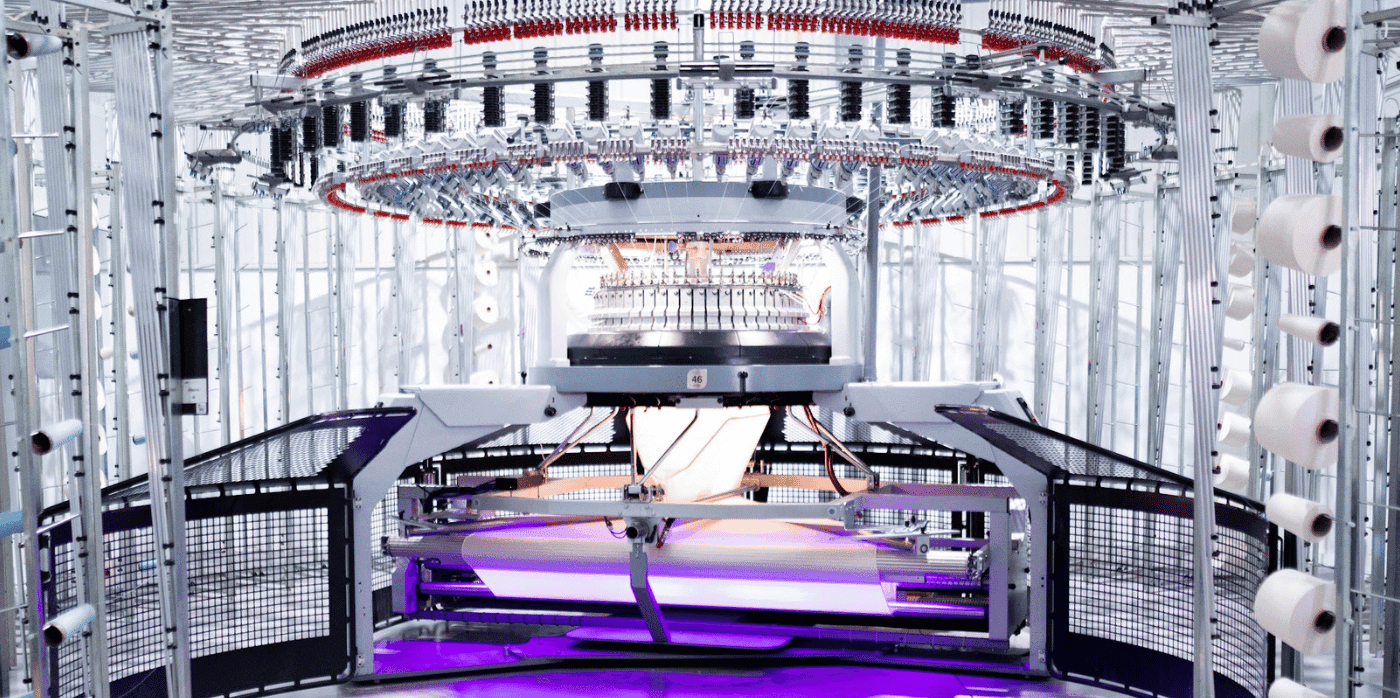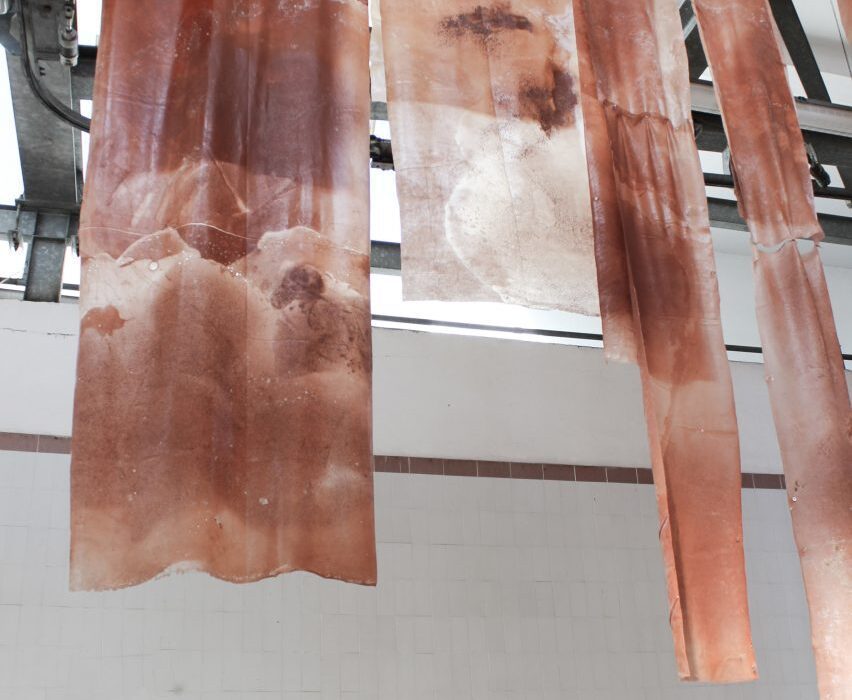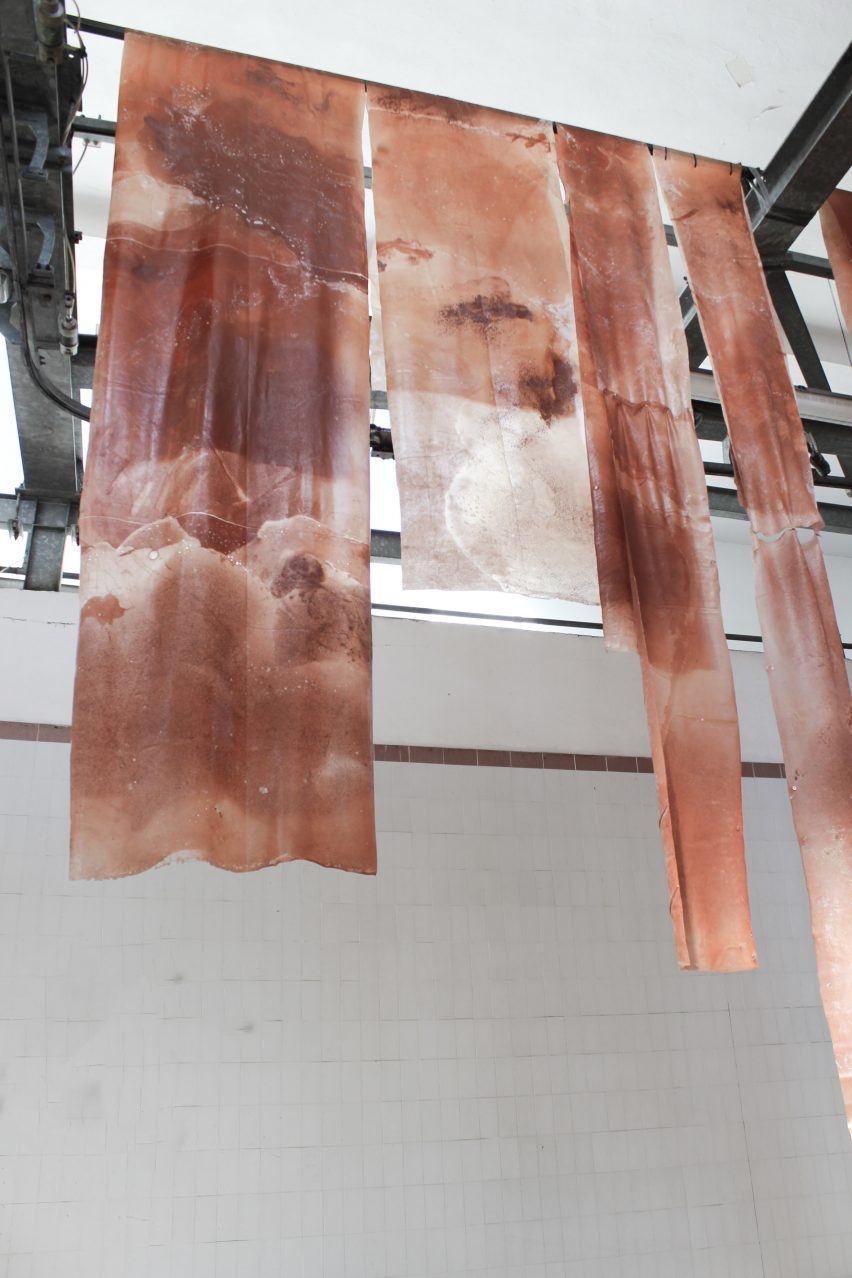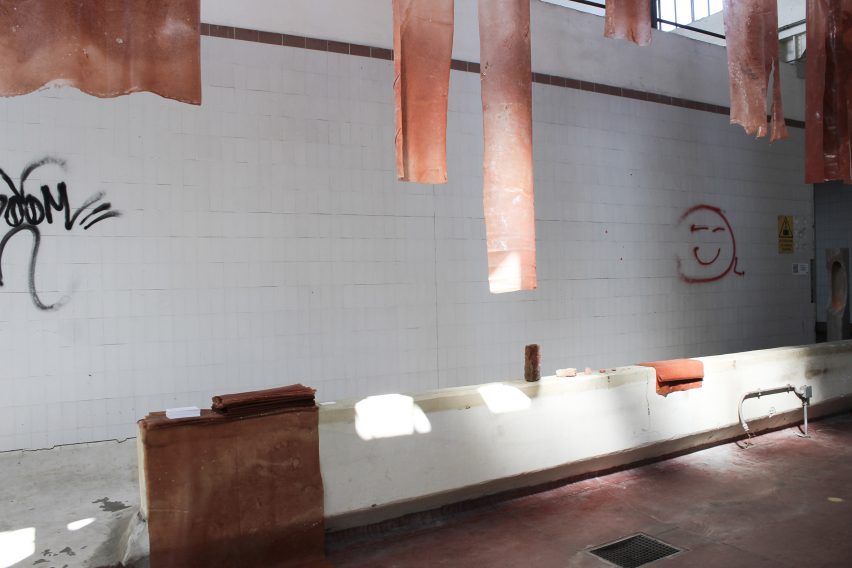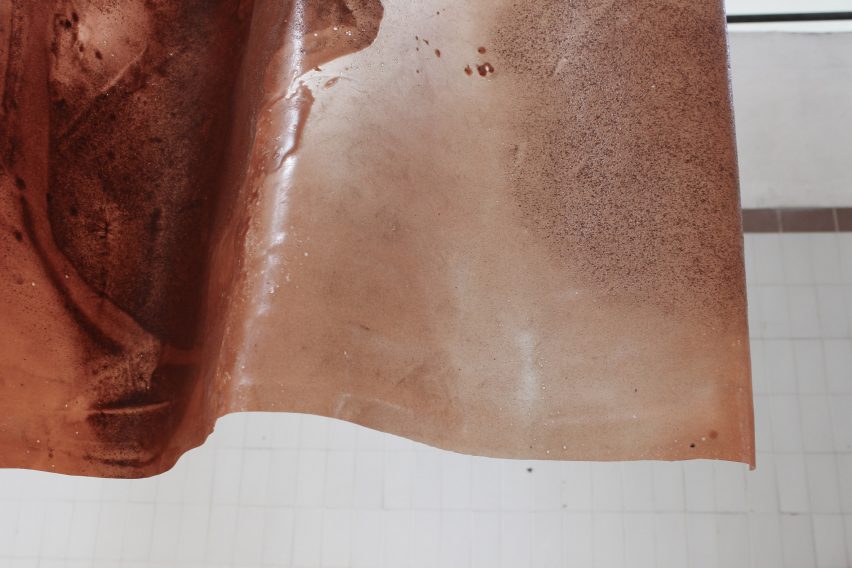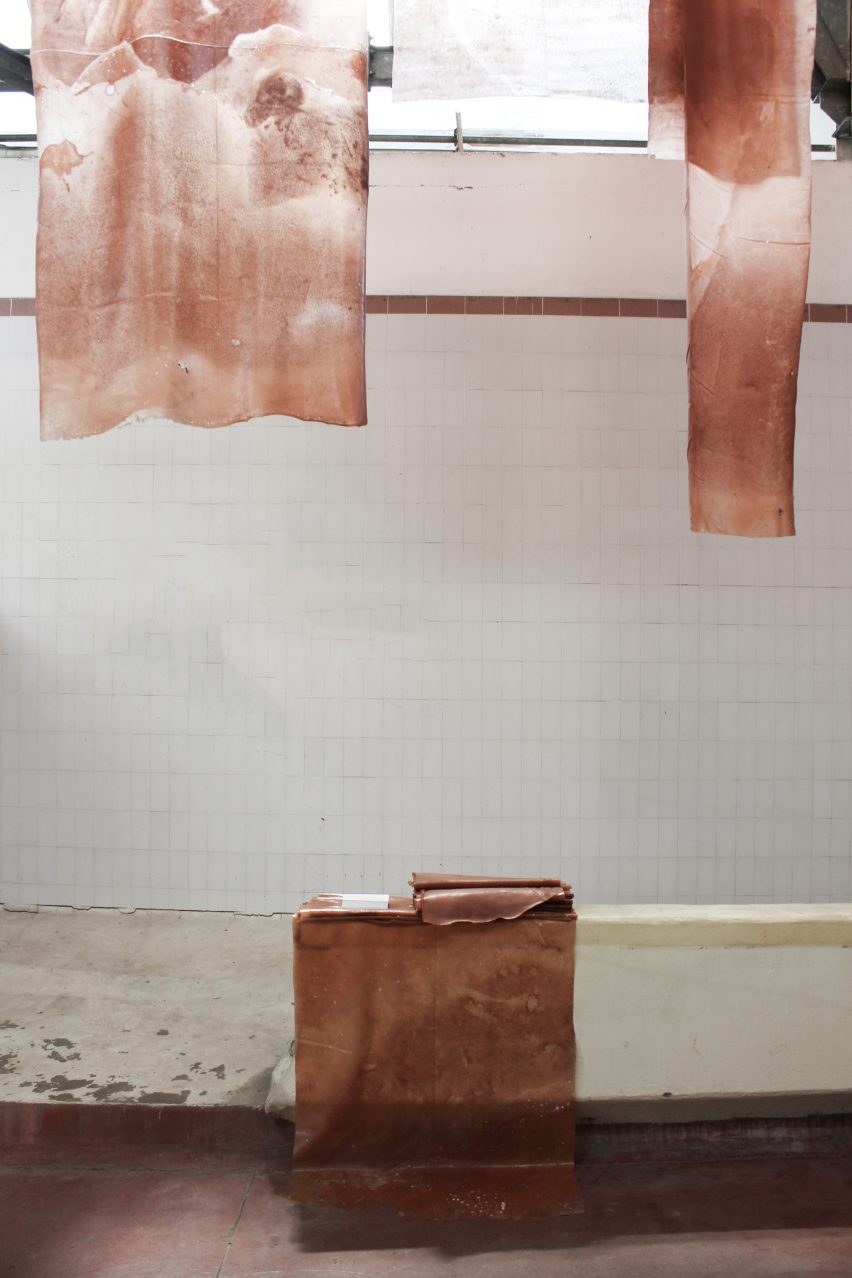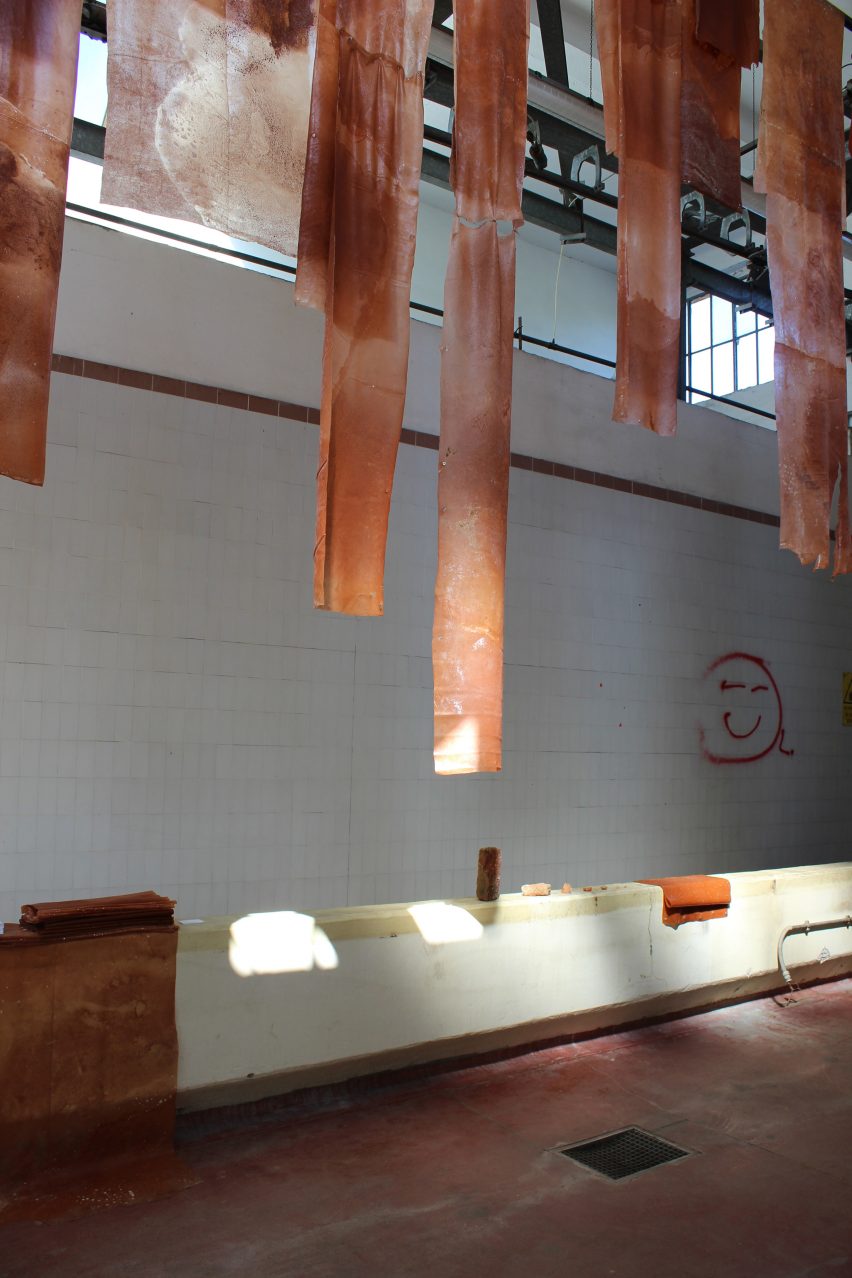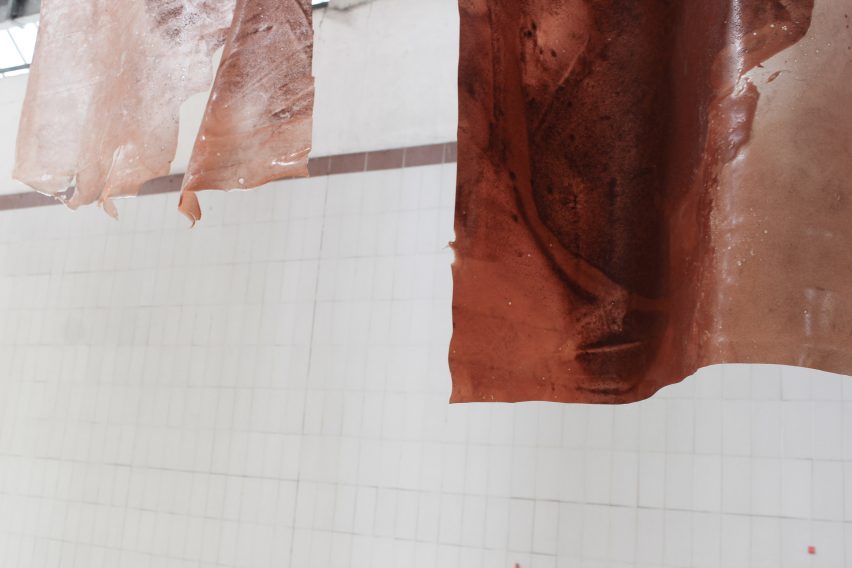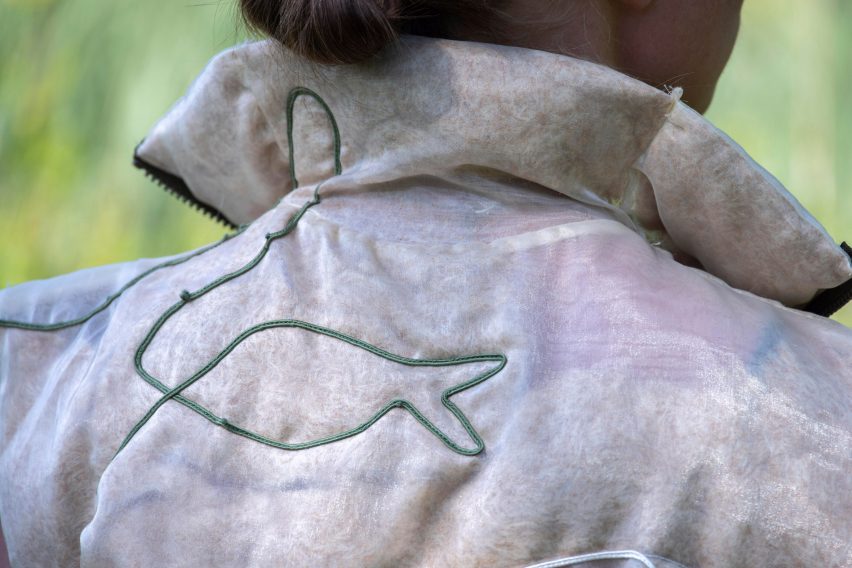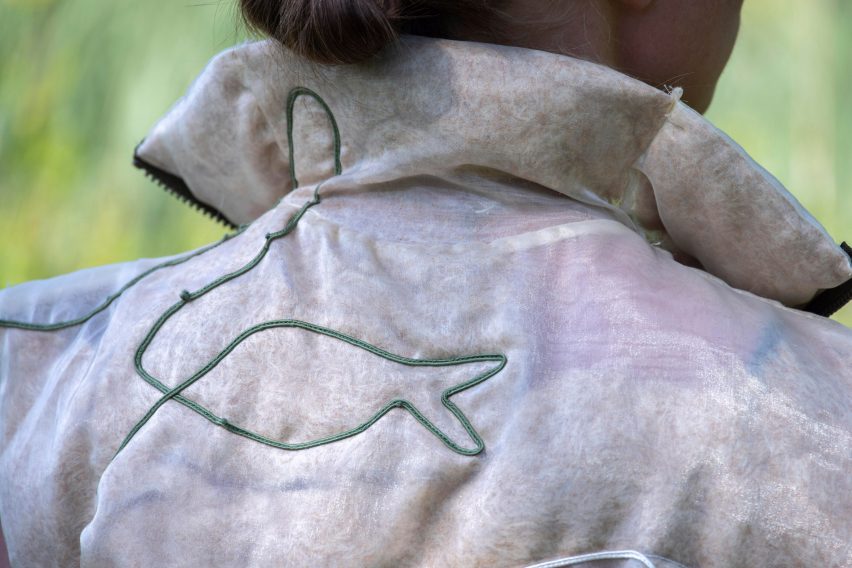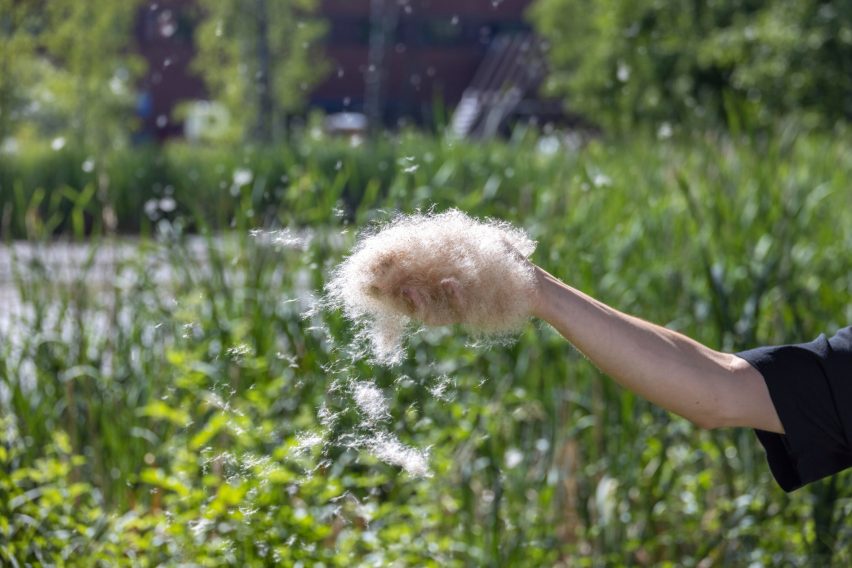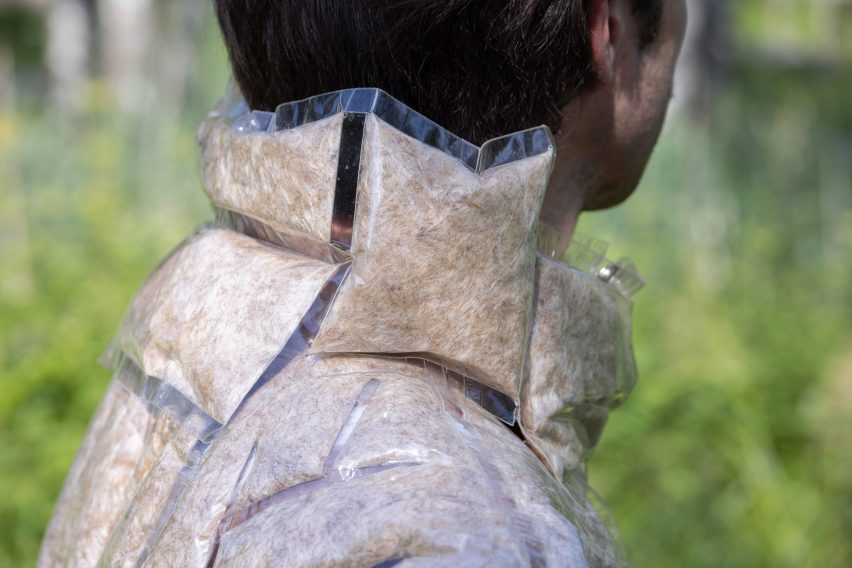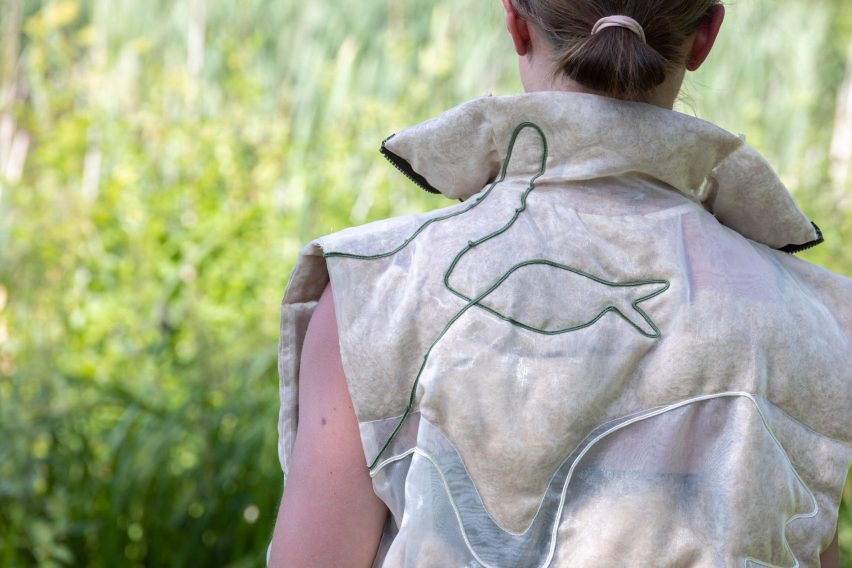A fashion re-commerce platform tackles textile waste in Africa

Spotted: Reports that consumers buy around 60 per cent more clothing than they did at the beginning of the century help to explain the vast amounts of textile waste generated around the world. Much of that waste ends up in the global south, compounding the problems those countries have with their own production excesses. While researchers expect the global textile recycling market to grow significantly in the next few years, to just under $10 billion (around €9.6 billion) by 2030, more still needs to be done to extend the life of clothing.
In South Africa, startup Faro has partnered with a number of different fashion brands to create a new supply chain. Rather than dilute current markets with unsold goods, the company redirects overstock and returns to markets throughout the African continent. Pieces are sold for up to 70 per cent less than the original retail price.
Faro helps reduce textile waste by preventing goods from being sent to landfill while also reducing the reliance that many communities in developing economies have on fast fashion. With much of fast fashion made from virgin fibres and synthetic materials, the re-commerce model brings products from reputable brands to communities that would otherwise buy knockoffs.
Faro manages the entire process, beginning with buying from international fashion brands. The clothing is then sorted and, if needed, reconditioned, before being distributed to micro-merchants for direct-to-consumer sales. Such retailers are able to reach customers who are farther away from urban hubs and who generally have less disposable income. In addition to reselling clothing, Faro pledges to save an equivalent amount of textile waste from landfill through repurposing and upcycling by local artists.
The company recently secured pre-seed funding and plans to open its first retail outlet in October 2023. Up to 20 stores are already being planned for, with at least five to open by mid-2024.
Other solutions showcased in Springwise’s archive of ways in which innovators are reducing textile waste include an easy-to-remove yarn for fast disassembly and artificial intelligence (AI) size recommendations to help reduce returns.
Written By: Keely Khoury

